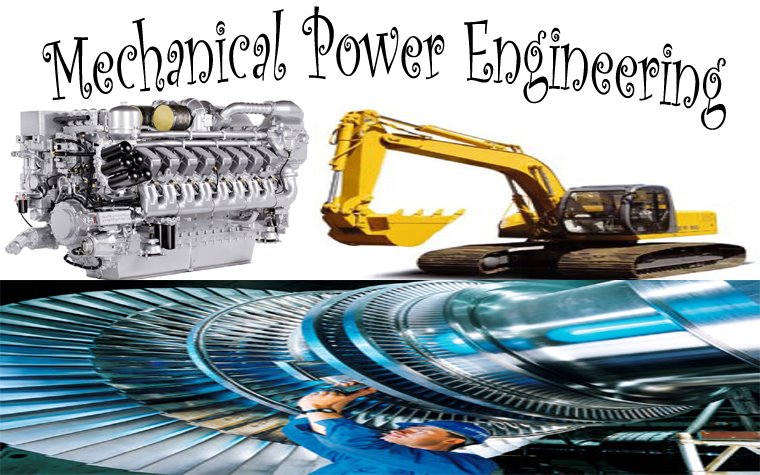Piping systems are like arteries and veins. They carry the lifeblood of modern civilization. In a modern city they transport water from the sources of water supply to the points of distribution; convey waste from residential and commercial buildings and other civic facilities to the treatment facility or the point of discharge. Similarly, pipelines carry crude oil from oil wells to tank farms for storage or to refineries for processing. The natural gas transportation and distribution lines convey natural gas from the source and storage tank forms to points of utilization, such as power plants, industrial facilities, and commercial and residential communities. In chemical plants, paper mills, food processing plants, and other similar industrial establishments, the piping systems are utilized to carry liquids, chemicals, mixtures, gases,
vapors, and solids from one location to another.
The fire protection piping networks in residential, commercial, industrial, and other buildings carry fire suppression fluids, such as water, gases, and chemicals to provide protection of life and property. The piping systems in thermal power plants convey high-pressure and high-temperature steam to generate electricity. Other piping systems in a power plant transport high- and low-pressure water, chemicals, low-pressure steam, and condensate. Sophisticated piping systems are used to process and carry hazardous and toxic substances. The storm and waste water piping systems transport large quantities of water away from towns, cities, and industrial and similar establishments to safeguard life, property, and essential facilities.
In health facilities, piping systems are used to transport gases and fluids for medical purposes. The piping systems in laboratories carry gases, chemicals, vapors, and other fluids that are critical for conducting research and development. In short, the piping systems are an essential and integral part of our modern civilization just as arteries and veins are essential to the human body.
The design, construction, operation, and maintenance of various piping systems involve understanding of piping fundamentals, materials, generic and specific design considerations, fabrication and installation, examinations, and testing and inspection requirements, in addition to the local, state and federal regulations.
vapors, and solids from one location to another.
The fire protection piping networks in residential, commercial, industrial, and other buildings carry fire suppression fluids, such as water, gases, and chemicals to provide protection of life and property. The piping systems in thermal power plants convey high-pressure and high-temperature steam to generate electricity. Other piping systems in a power plant transport high- and low-pressure water, chemicals, low-pressure steam, and condensate. Sophisticated piping systems are used to process and carry hazardous and toxic substances. The storm and waste water piping systems transport large quantities of water away from towns, cities, and industrial and similar establishments to safeguard life, property, and essential facilities.
In health facilities, piping systems are used to transport gases and fluids for medical purposes. The piping systems in laboratories carry gases, chemicals, vapors, and other fluids that are critical for conducting research and development. In short, the piping systems are an essential and integral part of our modern civilization just as arteries and veins are essential to the human body.
The design, construction, operation, and maintenance of various piping systems involve understanding of piping fundamentals, materials, generic and specific design considerations, fabrication and installation, examinations, and testing and inspection requirements, in addition to the local, state and federal regulations.
AutoCAD® Piping
SIGN UP NOW



No comments:
Post a Comment